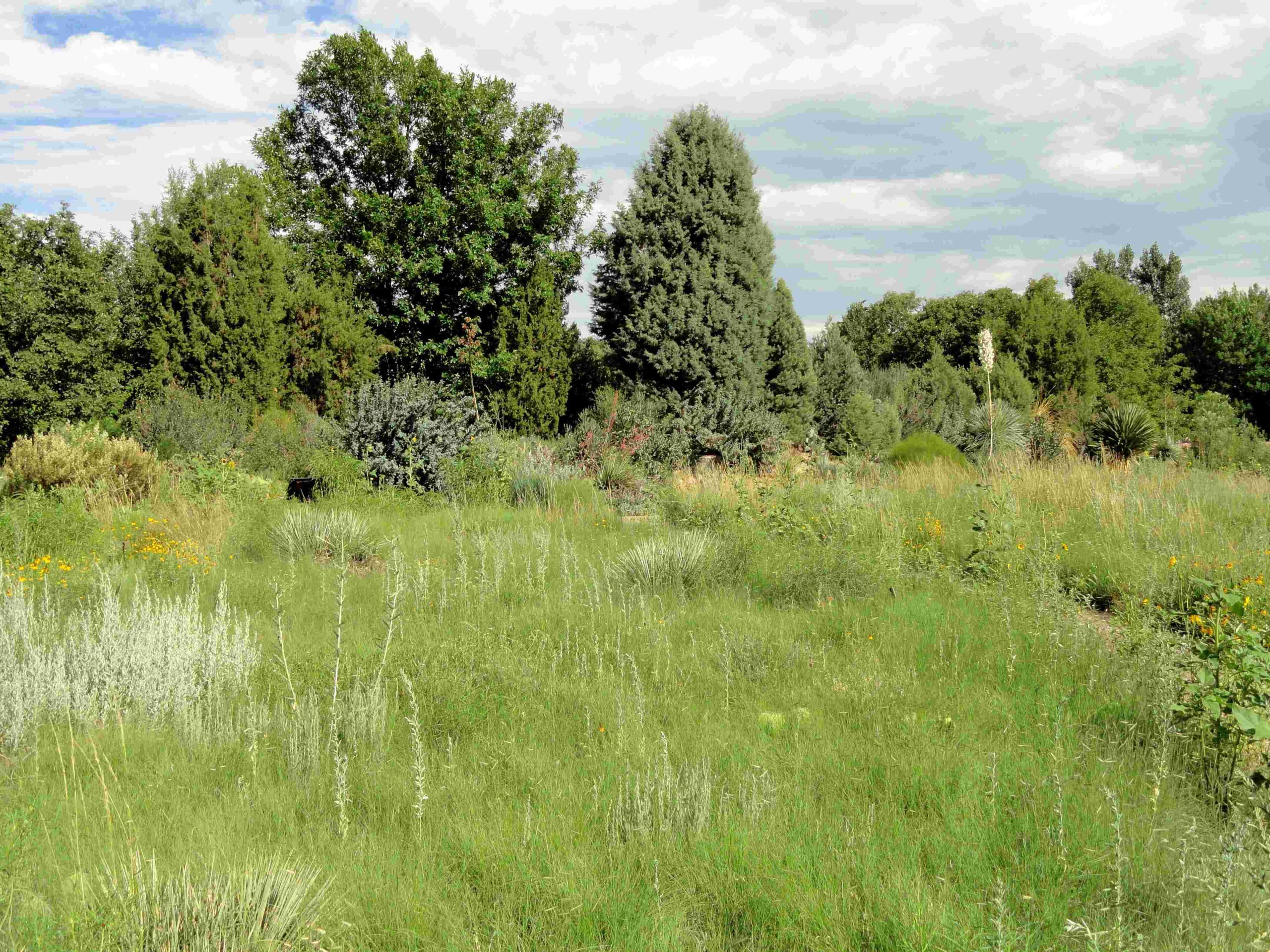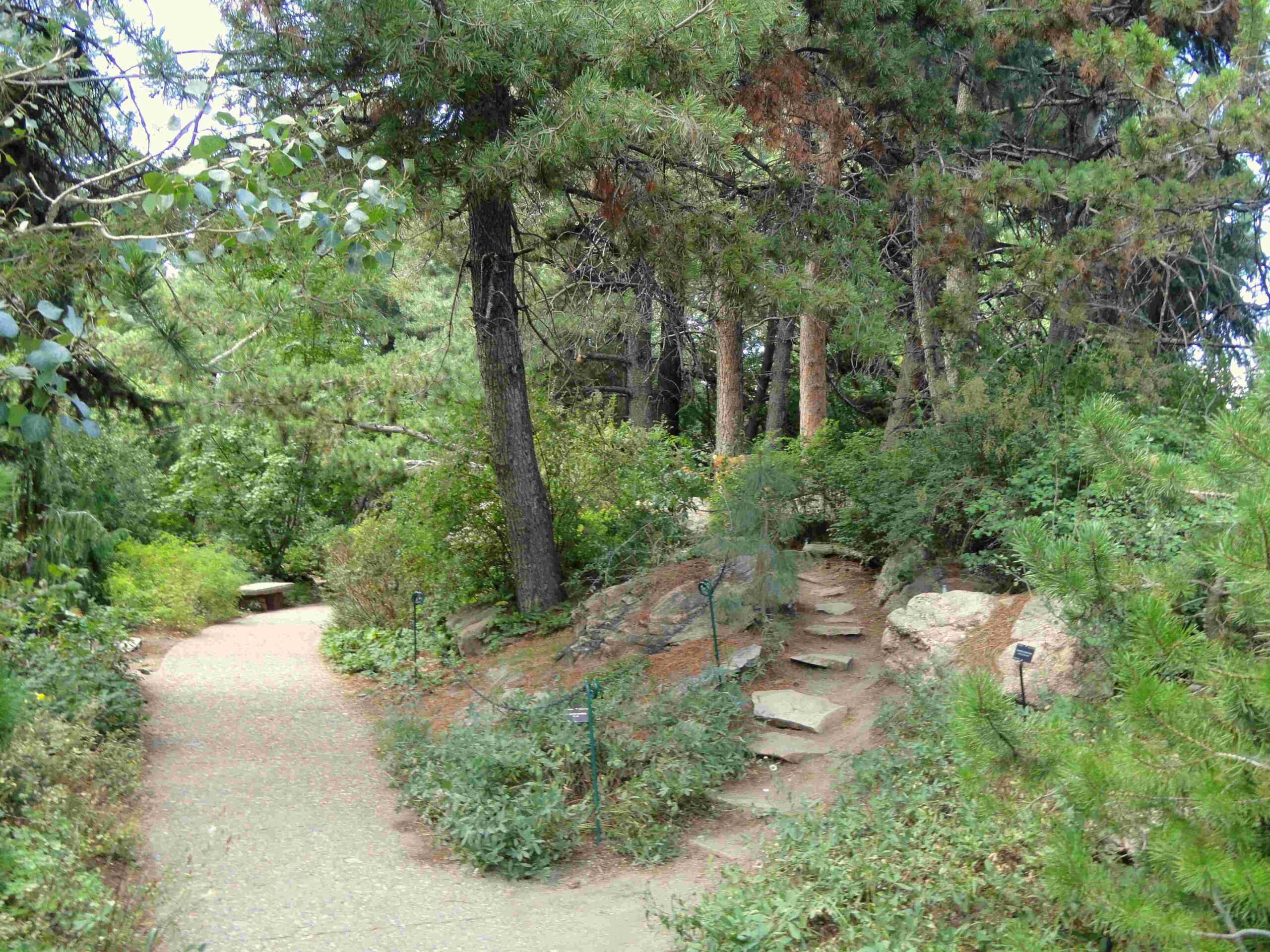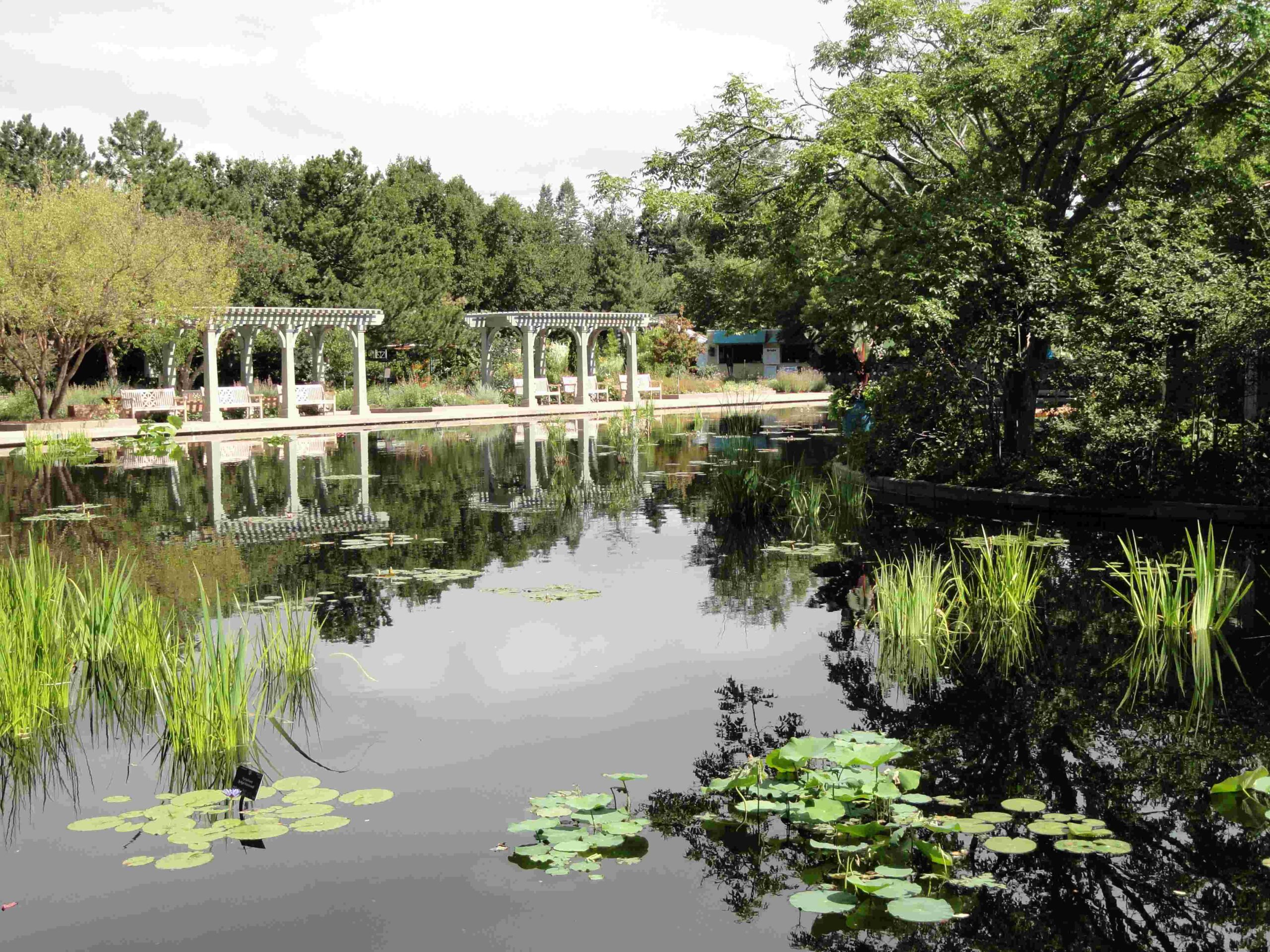The Denver Botanic Gardens, located in the semi-arid climate of Colorado, experiences unique rainfall patterns that shape its landscape and visitor experience. This article explores the impact of rain on the gardens, from plant adaptations to visitor experiences. Understanding the role of precipitation at this iconic destination provides insights into sustainable horticulture practices and the best times to visit during rainy periods.
What Are the Average Monthly Rainfall Patterns at Denver Botanic Gardens?

Denver’s semi-arid climate results in low to moderate rainfall throughout the year, with distinct seasonal variations:
- Spring and Summer (May-July): Wettest months, averaging 2-3 inches of rainfall per month
- Fall and Winter: Significantly drier, with winter being the driest season
- Precipitation Types:
- Summer: Short, intense thunderstorms
- Winter: Occasional snowfall
- Spring/Fall: Mix of rain and snow
This rainfall pattern influences the gardens’ design, plant selection, and water management strategies.
How Does Rainfall Impact Weather Conditions and Visitor Experience?

Rain at the Denver Botanic Gardens affects various aspects of the visitor experience and garden operations:
- Accessibility:
- Outdoor paths may become slippery
- Crushed gravel pathways help mitigate wetness
-
Covered areas provide shelter during rain events
-
Plant Health:
- Beneficial for overall plant vitality
-
Reduces need for irrigation in this semi-arid climate
-
Water Conservation:
- Rainfall supports water-saving efforts
-
Example: Realignment of Japanese garden stream for efficiency
-
Event Planning:
- Outdoor events may be affected
-
Indoor facilities and covered areas allow for continued activities
-
Educational Opportunities:
- Showcases water conservation efforts in action
- Highlights importance of sustainable horticulture practices
When Are the Best Times to Visit During Rainy Periods?
Visiting the Denver Botanic Gardens during rainy periods can offer unique experiences:
- Lower Attendance:
- Quieter atmosphere for exploration
-
Less crowded exhibits and pathways
-
Enhanced Blooming:
- Spring and summer rains can intensify flowering periods
-
Lush, vibrant garden displays
-
Educational Value:
- Opportunity to observe water management systems in action
-
Ideal time to learn about sustainable gardening practices
-
Photography Opportunities:
- Raindrops on plants create stunning visual effects
- Dramatic skies and lighting conditions for landscape shots
What Plant Adaptations to Rain Can Be Observed at the Gardens?
The Denver Botanic Gardens showcases a variety of plant adaptations to both rain and drought conditions:
Drought-Tolerant Plants
| Plant Type | Example | Characteristics |
|---|---|---|
| Grasses | Mexican feather grass (Stipa tenuissima) | Thrives with minimal water |
| Ornamental Grasses | Giant silver grass (Miscanthus) | Adds texture and color year-round |
| Native Colorado Plants | Various species | Adapted to local rainfall patterns |
Water Management Features
- Green Roofs:
- Location: Mordecai Children’s Garden
-
Function:
- Filters stormwater
- Reduces runoff
- Provides wildlife habitat
-
Water-Smart Garden:
- Showcases plants that require minimal irrigation
-
Demonstrates efficient water use in landscaping
-
Japanese Garden Stream:
- Realigned for improved water conservation
- Illustrates traditional and modern water management techniques
How Does the Denver Botanic Gardens Utilize Rainfall for Sustainability?
The gardens employ several strategies to maximize the benefits of natural rainfall:
- Rainwater Harvesting:
- Collection systems capture precipitation for later use
-
Reduces reliance on municipal water sources
-
Permeable Surfaces:
- Allow rainwater to penetrate the soil
-
Recharge groundwater and support plant root systems
-
Native Plant Selection:
-
Species adapted to local rainfall patterns require less supplemental watering
-
Educational Programs:
- Teach visitors about water conservation techniques
-
Demonstrate how to apply these principles in home gardens
-
Research Initiatives:
- Study plant responses to varying rainfall amounts
- Develop new strategies for water-efficient horticulture
What Unique Experiences Does Rain Offer at Denver Botanic Gardens?
Rainy days at the gardens provide distinctive opportunities for visitors:
- Sensory Experiences:
- Sound of rain on different plant leaves
-
Fresh scents released by wet soil and vegetation
-
Wildlife Observation:
- Increased activity of birds and insects during light rain
-
Opportunity to see how garden inhabitants respond to precipitation
-
Water Feature Enhancement:
- Rain adds dynamic elements to ponds and streams
-
Creates natural music throughout the gardens
-
Photographic Opportunities:
- Raindrops on flowers and foliage
-
Reflections in puddles and wet surfaces
-
Quiet Contemplation:
- Less crowded spaces for peaceful reflection
- Unique ambiance created by rainfall in the garden setting
The Denver Botanic Gardens’ approach to rain demonstrates a harmonious relationship between horticulture and natural precipitation. By understanding and working with local rainfall patterns, the gardens create a sustainable and educational environment that thrives in its semi-arid setting. Whether visiting during a spring shower or a summer thunderstorm, guests can appreciate the vital role that rain plays in this remarkable botanical showcase.
References:
1. https://www.denver.org/blog/post/botanic-gardens-sustainability/
2. https://www.weather.gov/bou/24_HR_Rainfall_Reports_May_2023
3. https://lejardinetdesigns.com/2013/01/20/denver-botanic-gardens-a-winter-surprise/

